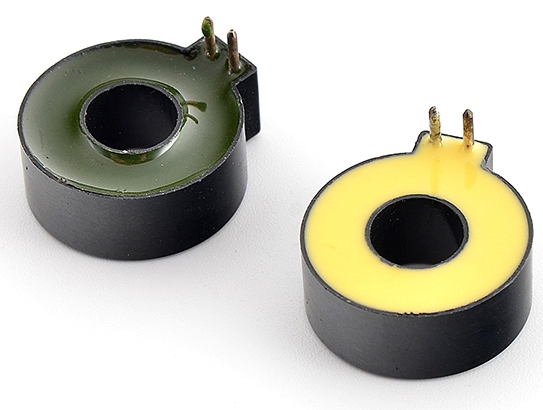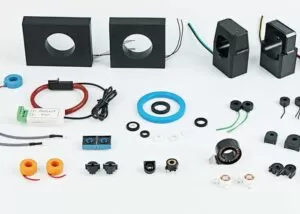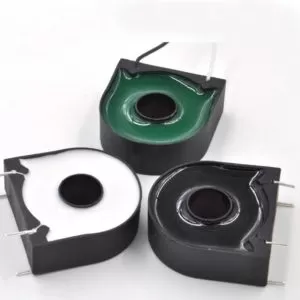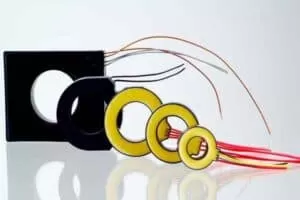Preventive testing is an important link in the operation and maintenance of power equipment, and it is one of the effective solutions to ensure the safe operation of power equipment.
In order to better ensure that various technical indicators of voltage transformers meet the standards, power engineering construction companies will carry out preventive tests on transformers before they are put into use, which is of great significance to ensure the safe and reliable operation of power plants.
First, measure the insulation resistance of the winding
Purpose To check whether the transformer as a whole is damp or deteriorated. The operation is to use a 2500V megohmmeter for the primary winding, a 1000V or 2500V megohmmeter for the secondary winding, and the non-measured winding should be grounded. When measuring, consider various external factors, such as the influence of air humidity, surface contamination of casing and other factors. The temperature has a great influence on the insulation resistance, and the temperature should be recorded during the operation, which is convenient for proofreading. It is also possible to wait until the temperature of the winding under test has stabilized before performing the test.
Second, the dielectric loss factor tgδ
By measuring the dielectric loss factor tgδ of the primary winding of the voltage transformer of 20KV and above and the bushing, problems such as insulation dampness or bushing damage can be quickly found.
Third. Chromatographic analysis of dissolved gas in oil
Dissolution chromatography in oil plays an important role in diagnosing discharge defects. Among them, the index values to be noted are: hydrogen 150pm; acetylene 2ppm: total hydrocarbons 100pm. When the newly released voltage transformer oil contains acetylene. There are two situations when the acetylene content is abnormal: the first is the floating potential discharge of the through-core screw, and the second is the discharge defect of the winding insulation. In the triple frequency induction withstand voltage test, the acetylene content in the general oil can reach 10ppm. During operation, the acetylene content should be tracked. If the acetylene content continues to increase, other tests, such as partial discharge, induced withstand voltage test, etc., should be passed to find out the cause of acetylene gas generation.
Fourth, AC withstand voltage test
There are two ways to pressurize the AC withstand voltage test of the electromagnetic voltage transformer. The first method of external construction frequency test voltage is suitable for the AC withstand voltage test of the fully insulated voltage transformer with a voltage of 35kv and below. This test is the same as the AC withstand voltage of the current transformer. For the cascading or graded insulation voltage transformers of 110kv and above, the test should be carried out by means of frequency doubling inductive withstand voltage.
Fifth. Partial discharge test
According to the national standard “Transformer Partial Discharge Measurement” (GB5583-8W), when the partial discharge measurement is performed on the current transformer, the pre-applied voltage applied to the high-voltage terminal of the tested current transformer is as high as 2 times of its normal operating voltage. It is allowed for the current transformer test. For electromagnetic voltage transformers, the iron core has begun to saturate at the rated voltage of the rated frequency. For the JCC2-220 type transformer, the iron core is even below 80% of the rated voltage start to saturate.








